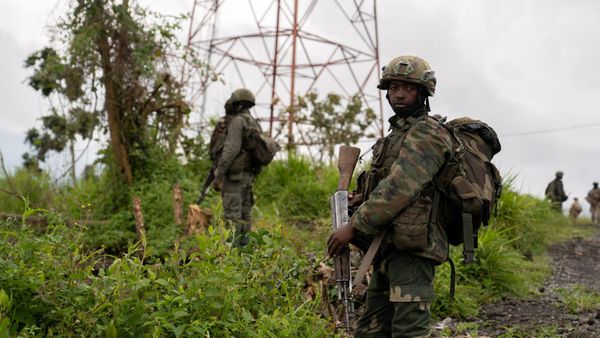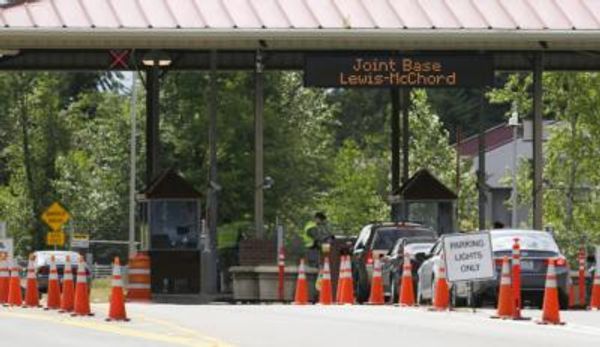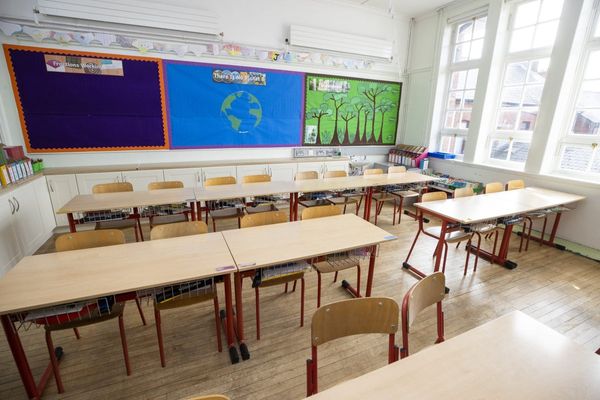TORONTO — An organization representing First Nations in northwestern Ontario is calling on the federal and provincial governments to provide better fire prevention and protection funding in Indigenous communities after three children died in a house fire.
Nishnawbe Aski Nation Deputy Grand Chief Bobby Narcisse said the tragedy in Sandy Lake First Nation on Friday is a result of inadequate resources, housing and fire protection infrastructure in First Nations communities.
Ottawa and Ontario should help First Nations to implement fire safety action plans and ensure that all homes and infrastructure on reserve meet national fire codes, he said.
"We're basically asking for equity in terms of being resourced to do this very important work that is required in our First Nations communities." Narcisse said in an interview.
"No more needless loss of life should happen. And our children and our families deserve to have adequate housing, safe housing, and safe (fire) prevention infrastructure."
Sandy Lake First Nation Chief Delores Kakegamic said community firefighters rushed to the home that caught fire Friday, but fire hydrants in the area were not working due to the very cold weather, and the there was only one water truck that was running back and forth to bring water as fast as possible.
Many of First Nations' communities are relying on volunteers with substandard equipment in their local fire departments because they don't have the needed funds to hire a dedicated fire chief and maintain fire prevention services, Narcisse said.
Indigenous Services Canada says on its website that it provides annual core capital funding to First Nations that can be used for fire protection services and fire insurance.
The funding amount is determined by a formula that's based on the number of buildings on a reserve, remoteness and population.
The department says an average of $33.7 million was spent annually on fire protection services programs in First Nations between the 2015-16 and 2019-20 fiscal years, in addition to the core capital funding.
A spokesman of the department said a new fire hall in Sandy Lake First Nation was substantially completed in last summer with $1.2 million in construction funding from the department.
"ISC provides $20,414 annually for the operation and maintenance of the fire truck and related equipment," Matthew Gutsch said.
He said the department also provides $118,360 annually to the community to support fire protection training and education such as community fire safety awareness programs and community training programs including trainings on the proper use of fire extinguishers, installation of smoke alarms, and conduct of fire drills, and training for community fire fighting and prevention staff.
Aman Kainth, a manager at the office of the fire marshal and emergency management in Ontario, says it supports working with First Nations communities to address fire safety issues.
"We will continue to speak to the federal Indigenous Office of the Fire Marshal about public education and fire prevention to look for ways that we can collaborate on the issues facing indigenous communities," Kainth said in a statement.
Blaine Wiggins, the executive director of the Aboriginal Firefighters Association of Canada, said one of biggest challenges to First Nations' efforts to fight deadly fires is that provincial and territorial fire protection standards and occupational health and safety standards that impact fire services don't apply to on First Nations' reserves.
"The core issue is around those enforceable standards that don't exist within First Nations communities," he said.
"For each province and territory, there is a fire protection act. For First Nations, there's no fire protection act."
Wiggins said some First Nations have developed bylaws and regulations and enforced them to bridge this gap including Rama First Nation north of Toronto, which has had no fatalities since it introduced a fire protection bylaw in 2015.
Other issues contribute to the higher fire fatality rates in First Nations, including the conditions of housing, lack of maintenance and overcrowding, he said.
Wiggins' organization has developed home safety assessment standards and its teams have visited 2,000 homes in First Nations communities since last year to ensure standards are followed.
"They can go in and address deficiencies, everything from smoke alarms that aren't working, electrical issues that we've identified, even find addresses: to make sure that the house has an address.," he said.
The organization also has a First Nations fire department assessment program, in which they evaluate the department's capacity relative to the service level that they are offering, and then provide training and recommendations on equipment issues, personnel issues, firefighting issues, and public safety issues.
A Statistics Canada study found last year that Indigenous people are at least five times more likely to die in a fire in Canada than the rest of the population.
The study that was commissioned by the National Indigenous Fire Safety Council found that First Nations people living on reserves are 10 times more likely to die in a fire and Inuit are over 17 times more likely to die in a fire than non-Indigenous people.
This report by The Canadian Press was first published Jan. 17, 2022.
Maan Alhmidi, The Canadian Press







